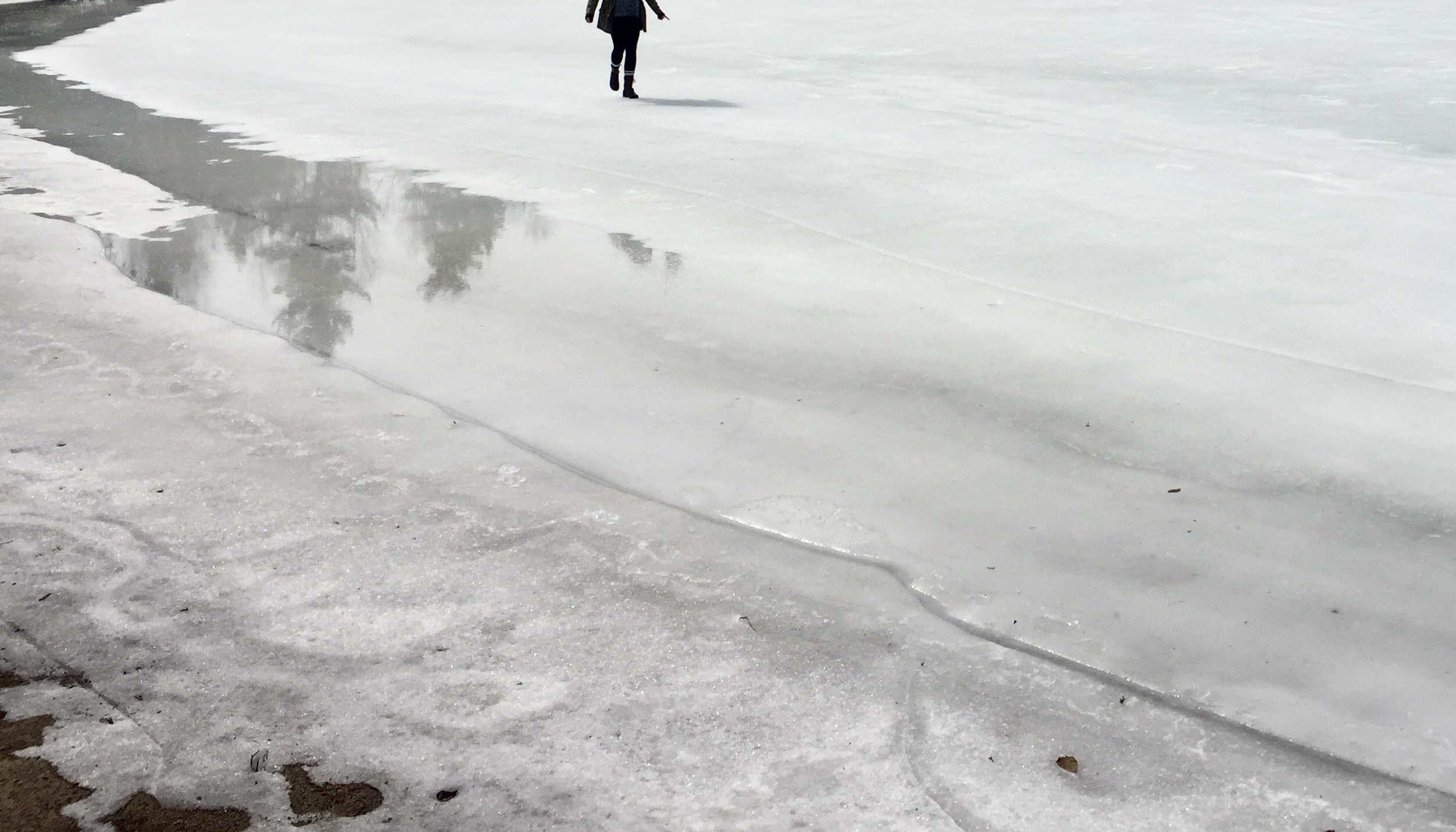A newly released study out of York, which reviews data collected from 10 countries over three decades, shows warming winter weather causes an increase of drownings from falling through ice. This research includes data collected over 30 years throughout all of Canada, ultimately showing that Canada had the highest number of winter drownings.
The 2019 Canadian Climate Change Report details the rate in which seasonal lake ice cover is declining, and the effects it is taking on both the ecosystem it supports and the communities in surrounding areas. Along with the declining ice cover and the warming temperature comes a seen increase in winter drownings.
Lead author and Associate Professor in the Department of Biology for Faculty of Science Sapna Sharma explains that this study began with her interest in climate changes’ effect on lakes:
“We were interested in how people use lake ice, which led to this publication where we showed that in warmer winters, there are shorter ice skating seasons, delayed construction of winter ice roads, and cancellations of ice fishing tournaments. From there, our international team wondered if there were any consequences of thinner, less stable ice on human mortality.”
The new study showed that 44 per cent of these drownings in Canada, which occur without use of a vehicle, are children under the age of nine. In cases where a vehicle, such as a snowmobile, is involved, young people are still the bulk of average drownings, as a majority of the people are younger than 24 years old.
“In warmer winters, ice forms later in late fall to early winter,” Sharma continues, “thaws earlier in the spring, is thinner and more likely to experience freeze-thaw events. Winters are also the fastest warming season in northern countries. Here, we showed that more people drowned in warmer winters. We would expect this number to increase in Canada (which already has the highest rates of winter drowning in the world!) as ice is changing rapidly, unless individuals adapt their decision making on when it is safe to go on the ice.”
“Potential drownings are the tip of the iceberg…the broader implications of warming air temperatures include the loss of ecological and social-ecological systems, which translates to the displacement and degradation of lives and livelihoods.”
Nathi Zamisa, co-chair of York’s Environmental and Urban Change Students’ Association, explains the focus on warming climate temperatures should remain not on the ‘what,’ but the ‘why.’
“The cause of ‘warming air temperatures’ can be linked to — but not limited to — inherently ineffective regulations and policies, and unsustainable extractive and industrialized practices associated with the interplay between broader external subsystems (i.e. social, economic, political, cultural, legal…) and their respective environments.”
“In short,” Zamisa continues, “potential drownings are the tip of the iceberg. As indicated by the research article, the broader implications of warming air temperatures include the loss of ecological and social-ecological systems, which translates to the displacement and degradation of lives and livelihoods.”
Sharma urges students to be ‘extra careful’ when outdoors this winter, since young people are at a higher risk of drowning through ice.
“Check out the daily weather forecast not only when you are going, but for the month beforehand. Temperatures above zero degrees Celsius, rain, or heavy snow, can be an indication of weak ice. Evaluate the quality of the ice before going on to it.
“Ice should be clear, hard, and new. Avoid slushy ice; ice on or near moving water, like rivers and currents; ice that has thawed and refrozen; and layered or rotten ice caused by sudden temperature changes. Avoid travelling on ice at night or alone. Safety equipment, such as ice picks, flotation devices and hypothermia protective clothing can help lower the risk of drowning.”


